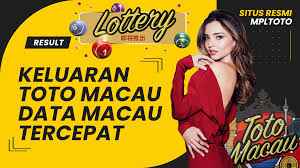
The Joker card is one of the most intriguing and versatile elements of a standard deck of playing cards. Known for its distinctive design and multifaceted roles in various games, the Joker has become an iconic symbol in popular joker card balance. This article explores the history, significance, and various uses of the Joker card.
Historical Background
The Joker card originated in the United States during the 19th century. It was initially introduced as a trump card in the game of Euchre. Unlike the traditional suits of hearts, diamonds, clubs, and spades, the Joker was created to add an element of surprise and complexity to card games. Its playful design often features whimsical illustrations, making it stand out from other cards.
The design of the Joker varies widely among different decks, but it typically depicts a jester or clown, embodying the spirit of humor and unpredictability. Over time, the Joker evolved beyond its initial role in Euchre and found its way into various card games, each assigning its own significance to the card.
The Role of the Joker in Card Games
The Joker can serve different purposes depending on the game being played:
- Wild Card: In many games, such as Poker, the Joker acts as a wild card, substituting for any other card to create a winning hand. This ability to take on different roles adds excitement and unpredictability to the game.
- Trump Card: In some games, the Joker functions as a trump card, which can win against any other card of the same suit. This role is particularly common in games like Euchre and Rummy.
- Point Card: In games like Canasta, the Joker carries a point value, which contributes to the total score of a player’s hand.
- Non-Playable Card: Interestingly, in some card games, the Joker is simply removed from the deck, emphasizing that not all games utilize the card’s unique capabilities.
Cultural Significance
Beyond its practical uses in card games, the Joker card has taken on a broader cultural significance. It symbolizes chaos, unpredictability, and the duality of human nature. In literature, film, and art, the Joker often represents the trickster archetype, challenging norms and expectations.
One of the most famous representations of the Joker is in the comic book universe, particularly as the nemesis of Batman. This character embodies madness and anarchy, reinforcing the idea of the Joker as a wildcard that disrupts the status quo.
Conclusion
The Joker card remains a fascinating component of the playing card deck, offering both functionality in games and symbolic meaning in culture. Its versatility, historical roots, and cultural resonance make it an enduring element that captures the imagination. Whether you’re playing a game of Poker, engaging with pop culture, or simply appreciating the art of playing cards, the Joker continues to be a symbol of unpredictability and fun.